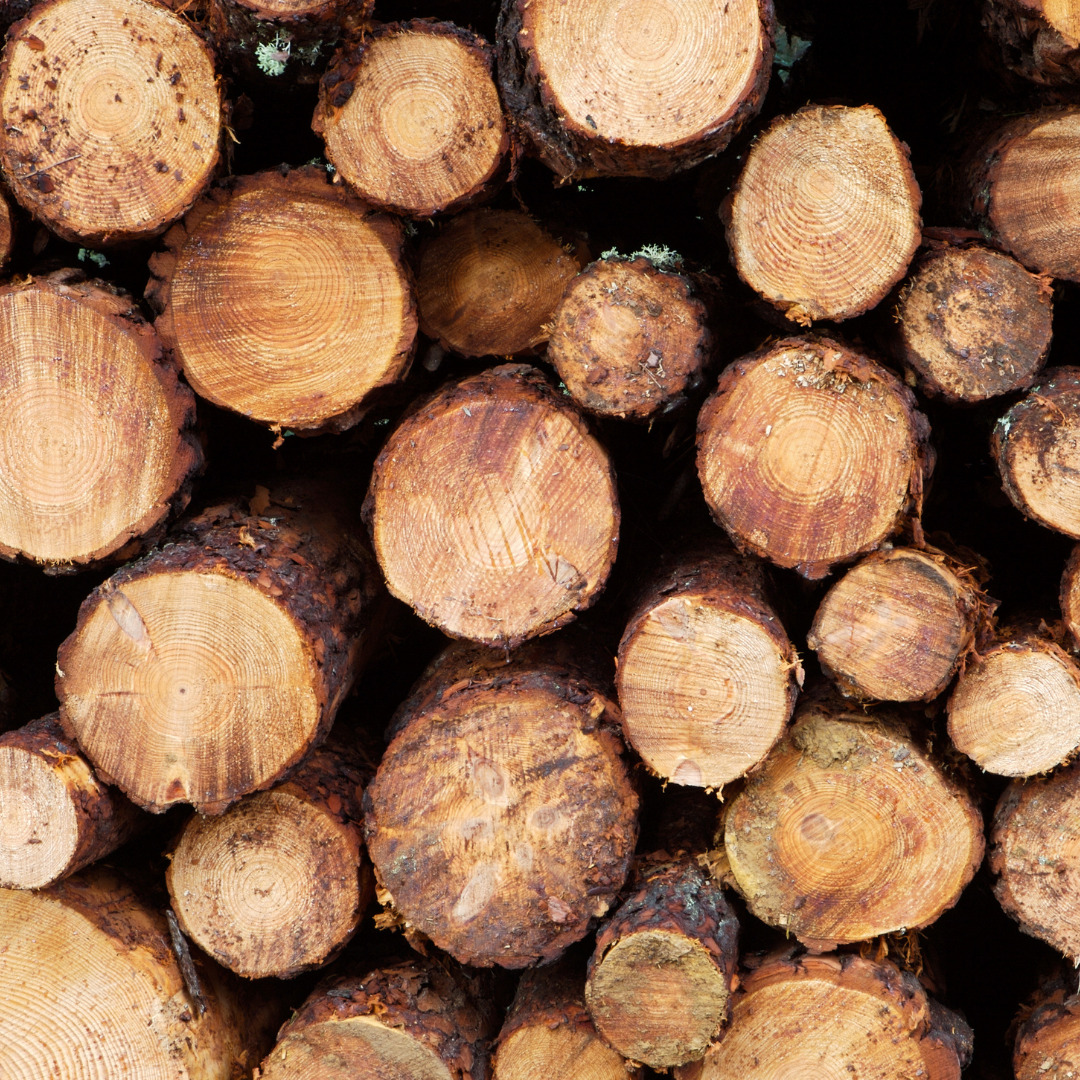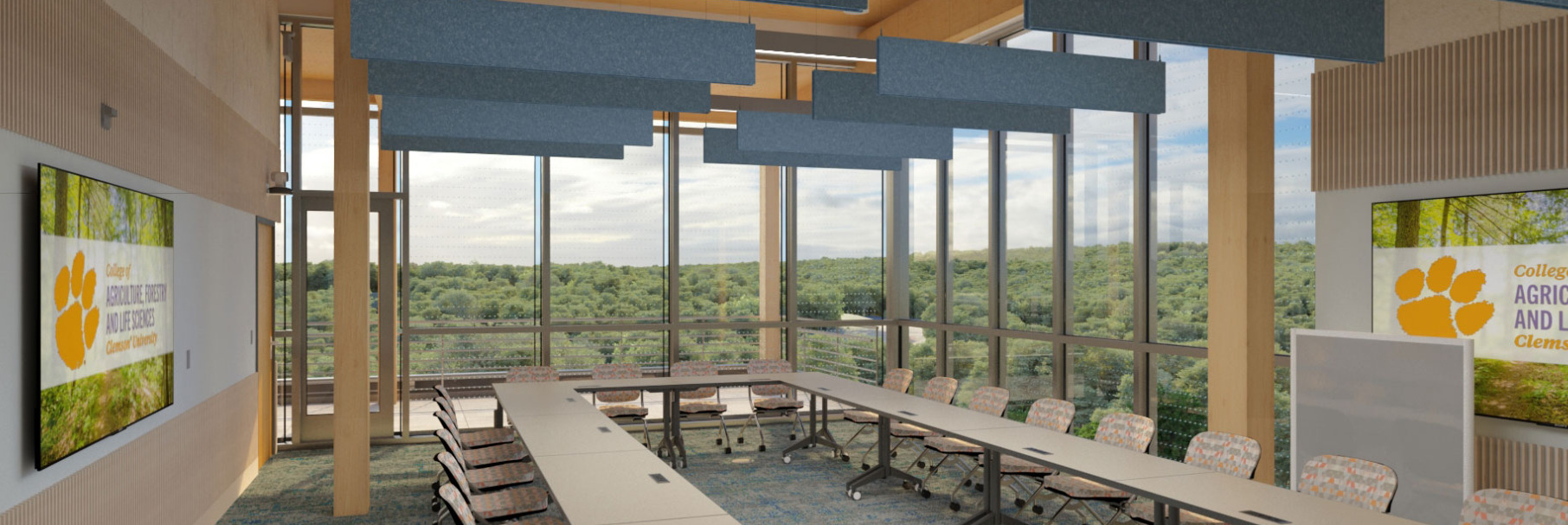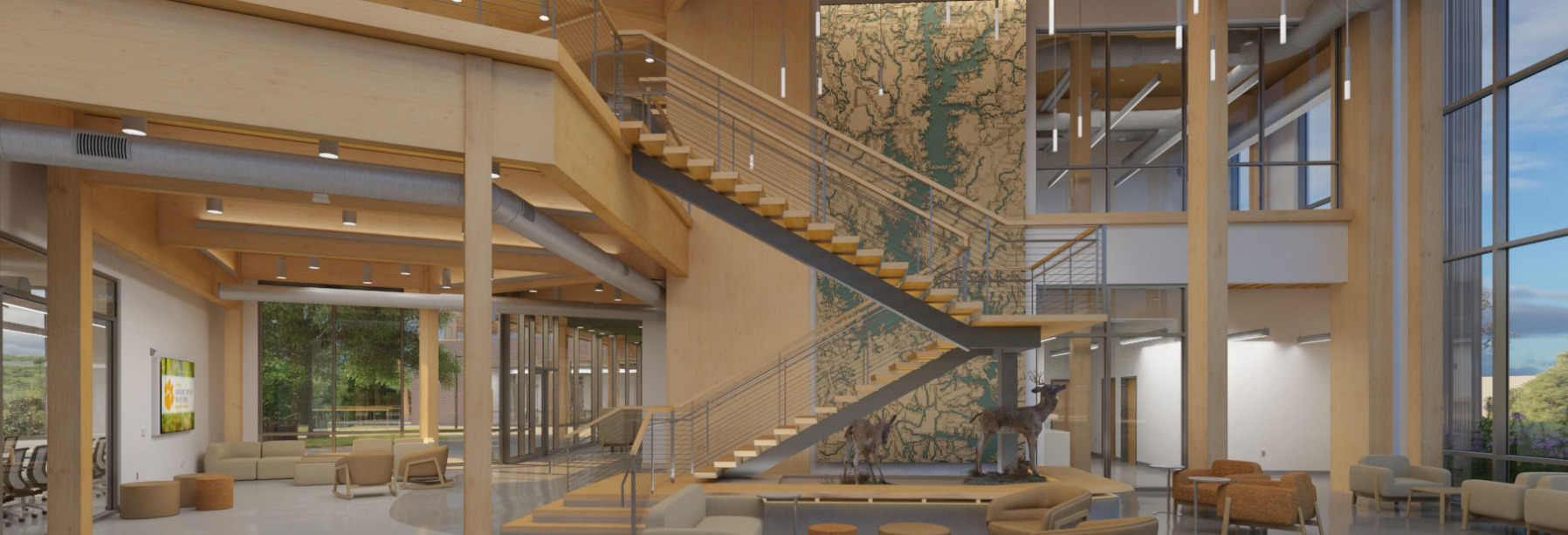Mass Timber Construction: The Future of Sustainable Construction with Innovative Design
Designing Technology for Mass Timber Construction | April 3, 2024
Amid global concerns about the state of the world and the environment, fostering environmental consciousness is crucial. The need for sustainable construction methods is at an all-time high.
Mass timber construction is an environmentally conscious method of construction, where the entire frame is made from wood.
There are various mass timber products which include cross-laminated timber, dowel-laminated timber, glue-laminated timber, laminated strand lumber, laminated veneer lumber, parallel strand lumber, and nail-laminated timber.
This method of construction results in minimal waste and carbon emissions. It breaks norms with its distinctive structural diagrid and modular design, offering an innovative approach to construction.
When comparing mass timber and steel constructions with the same duration of non-combustible protection, mass timber tends to outperform steel. After undergoing the same amount of fire protection, mass timber buildings are less likely to rapidly heat up and fail compared to steel structures, and they tend to burn slowly.
Additionally, mass timber allows for excellent acoustic performance. Studies have shown that the mass of timber walls effectively manages both airborne and impact sound transmission.
Why is Mass Timber Frame Building Sustainable?
Mass timber ignites ingenuity and is valued for its inherent durability and versatility. The concept of mass timber construction captivates and inspires leaders in the building and design fields as they push the boundaries of its potential. This innovative approach to construction promises to reshape the building landscape, offering a reliable, eco-friendly alternative to traditional materials like concrete and steel.
Weight is of the utmost significance as wood is lighter than steel or concrete, so particular emphasis is required in foundation laying to confirm proper weighting of the structure. Recent code revisions allowing mass timber buildings to reach heights of up to 18 stories prove its growing influence and transformative impact on building standards.

Mass timber buildings also have a lower carbon footprint compared to traditional concrete and steel structures, making them a more environmentally friendly option for construction projects.
Furthermore, mass timber construction is known for its durability and fire resistance. Despite being made of wood, mass timber buildings can perform as well as or better than traditional steel and concrete buildings in fire tests.
This is due to the way mass timber chars when exposed to fire, forming a protective layer that insulates the inner layers of wood and slows down the spread of flames. This char layer also helps to maintain the structural integrity of the building, allowing occupants more time to evacuate in the event of a fire.
Mass Timber Construction in Higher Education
Designing AV, IT/telecom, security, and acoustics in mass timber construction poses unique challenges compared to conventional building design.
Precision is paramount, as designers must ensure seamless integration to guarantee that technology functions as intended within the frame. Any misalignment may compromise functionality or render the technology ineffective.
Clemson University is advancing its commitment to enhancing higher education by renovating the Forestry and Environmental Conservation Building with an 85,230GSF timber frame build. The university went above and beyond by using locally sourced wood, meaning the mass timber frame is made entirely from wood on the university’s campus.
The College of Architecture, Forestry and Environmental Sciences, along with the Department of Parks, Rec, & Tourism Management, will benefit from upgraded facilities. This includes cutting-edge classrooms, teaching laboratories, and a GIS Laboratory with computational sharing capabilities streamed to a video wall in the lobby.
The design for the technology in the building provides a modern and secure educational environment with enhanced access control points and an upgraded video surveillance system covering high-traffic areas all smoothly added into the frame. In addition to its environmental benefits, mass timber construction also offers aesthetic advantages.
The natural appearance of wood creates a welcoming and inspiring atmosphere for students, faculty, and visitors. This aesthetic appeal can enhance the overall learning experience and contribute to a positive campus environment.
This initiative reflects the university’s dedication to delivering an exceptional educational experience, fostering success and growth while maintaining a commitment to excellence in education.
Overall, mass timber frame construction offers a sustainable, aesthetically pleasing, and durable alternative to traditional building materials.
As more institutions embrace mass timber construction, the industry will see continued growth and innovation in this exciting field.


For more insights on eco-friendly design and consulting, check out our article on LEED Acoustics Documentation.





